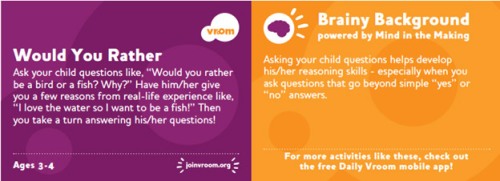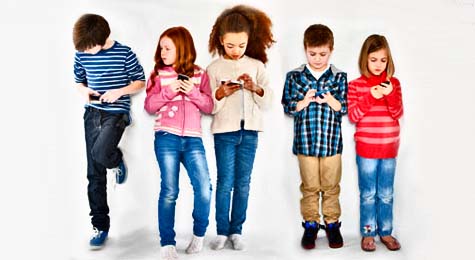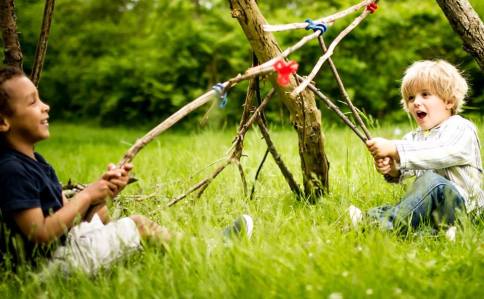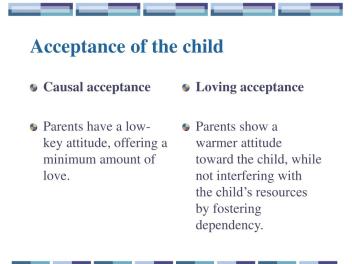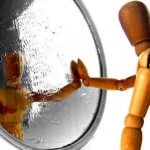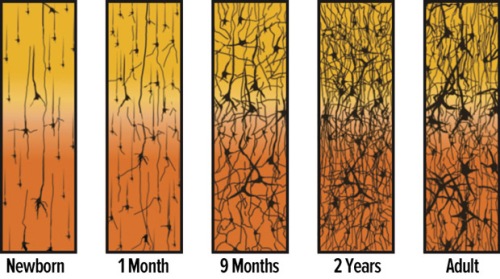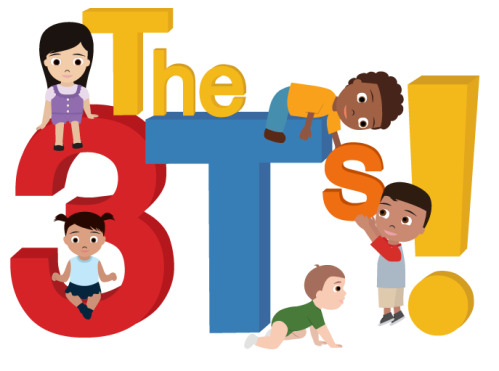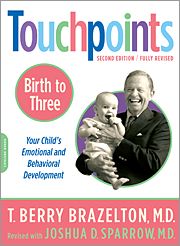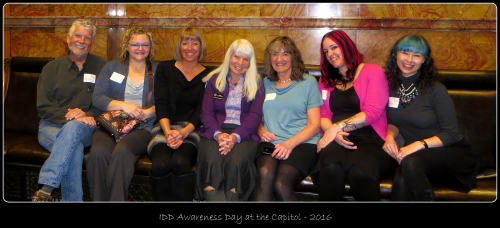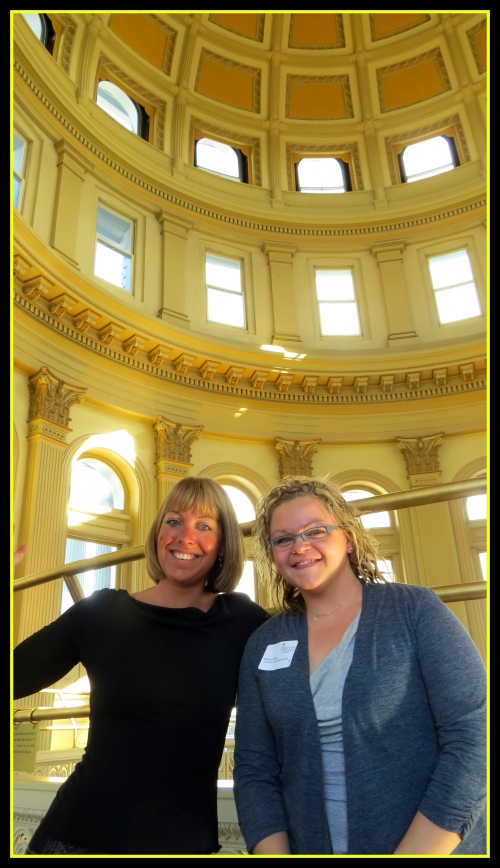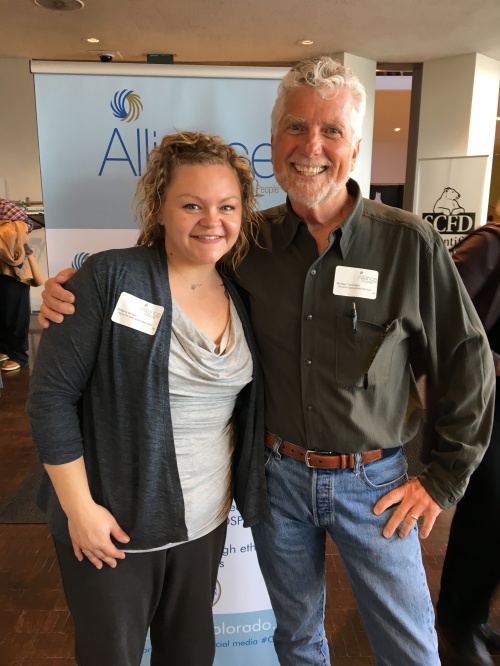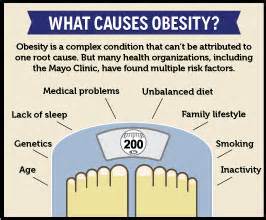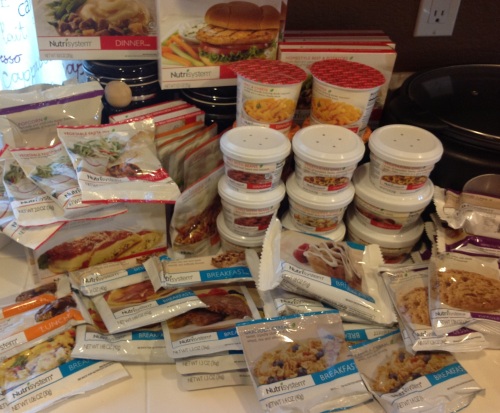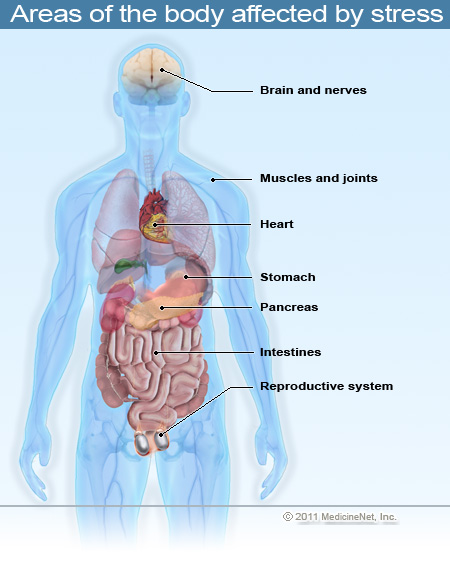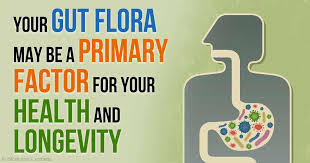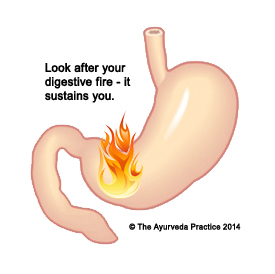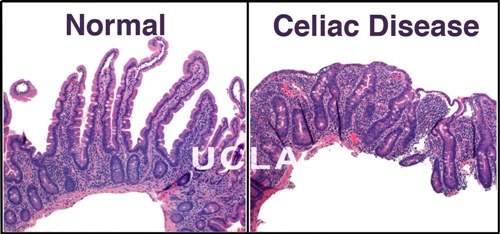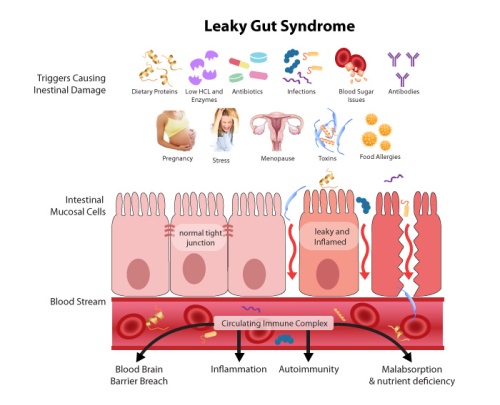The Impact of Adverse Childhood Experiences: Managing Emotions and Stress
Linda Chamberlain is the founder of the Alaska Family Violence Prevention Project and an internationally recognized advocate for understanding the effects of domestic violence and adverse childhood experiences on brain development and health. She focuses on creating tools that highlight trauma-informed practices for parents, service providers, and organizations that work with kids and families.
Children develop 85% of their core brain structure in their first five years of life and then continue to build on that core foundation the rest of their lives. The young brain is like a sponge—effortlessly, continuously, and indiscriminately soaking up information. From birth, our undeveloped brains are waiting for experiences to shape them. Our first experiences become the building blocks for our whole lives. Our brains are mirrors to our childhood developmental experiences.
Dr. Chamberlain recognizes the importance of social and emotional skills in academic and life success. The biological sponginess of our brains allows us to acquire so much information before age five, but it also makes youth more vulnerable to trauma than people who are older. Most people perceive youth to be more resilient than adults, but it’s actually the opposite; if anyone is impacted by trauma more severely, it’s the youngest child.
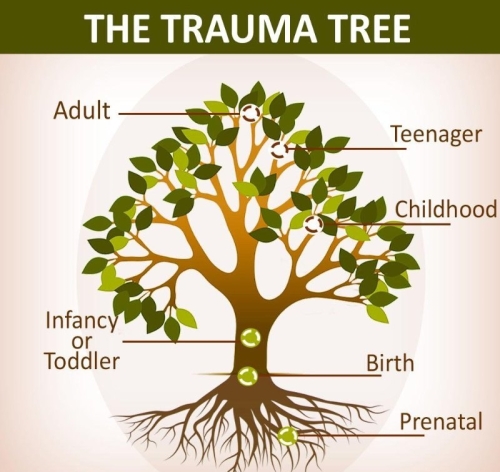
The roots represent the prenatal stage of growth and where the tree touches the ground is birth. The trunk is infancy, early childhood is the lower branches, and up to adulthood is the top branches. When trauma occurs, the rest of the tree’s (brain’s) growth beyond that point is negatively affected. As you age, you have more life experiences and knowledge to cope, but also more branches to compensate.
This concept becomes significant when we learn that 95% of kids have adverse childhood experiences. Kids who grow up in domestic violence end up with mental health issues more often than kids who are direct victims of physical abuse. Exposure to violence is a lifetime legacy. While domestic violence and abuse are often tangible and identifiable, there’s an endless range of situations and experiences that are adverse (or less tangible and identifiable).
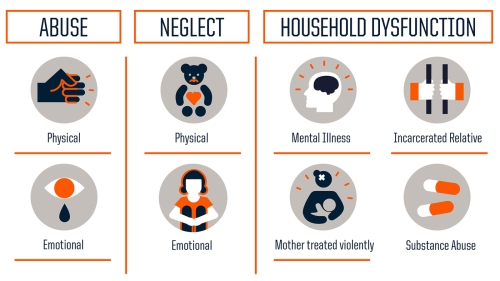
The brain of a child, Dr. Chamberlain asserts, will become exactly what the child is exposed to. Children exposed to fighting parents will experience a state a fear, and systems in their brains shut down. Parents who fight in front of their kids are literally changing their children’s brains. Moreover, a baby absorbs her parent’s internal state. A kind parent creates a kind child; a patient parent creates a patient child.
Symptoms of chronic stress or signs of exposure to trauma can range from night terrors to attachment issues. Kids who are labeled as ADHD or defiant may be operating in crisis or survival mode. Trauma and stress are stored in our bodies, reside in our nervous systems, and disconnect the person we are from the body we live in. Trauma also interferes with the development of self-regulatory skills.
The great news is that our brains have the capacity to change, heal, and rewire across our lifespans. A resilient individual isn’t someone who avoids stress but someone who learns how to manage it. Kids can develop competence under adverse circumstances because of strong parent-child relationships as well as the ability to self-regulate attention, emotions, and behaviors. Both resilience and mindfulness are learned skills. Kids can even learn resilience vicariously by watching others overcome adversity.
One simple strategy to teach kids to manage emotions and stress is the Fingerhold Practice. It combines breathing and holding each finger and can be helpful when difficult feelings arise or challenging experiences are anticipated. Holding each finger in turn, gently but firmly, with the other hand and breathing comfortably or slowly can be calming, reduce tension, and provide a sense of control. Many adults feel relief after 2-5 minutes per finger, while kids typically feel relief more quickly (30-60 seconds).
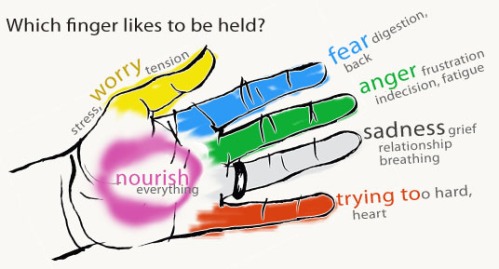





 Because they provide children with information about what will happen next, routines can reduce power struggles. Children feel more in control and have a greater sense of security regarding what’s happening to and around them. When children feel in control, they may be more likely to respond positively to requests.
Because they provide children with information about what will happen next, routines can reduce power struggles. Children feel more in control and have a greater sense of security regarding what’s happening to and around them. When children feel in control, they may be more likely to respond positively to requests.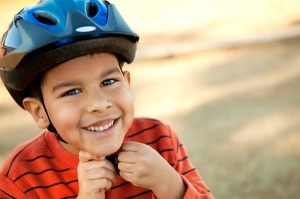 While routines support young children’s sense of security, they can also support the health and safety of a young child. When health and safety practices like washing hands, sitting in a car seat, or wearing a helmet are expected routines, children are more likely to do them. This in turn supports their health, safety, and sense of responsibility.
While routines support young children’s sense of security, they can also support the health and safety of a young child. When health and safety practices like washing hands, sitting in a car seat, or wearing a helmet are expected routines, children are more likely to do them. This in turn supports their health, safety, and sense of responsibility. Routines can make transitions easier. Routines around transitions, such as bed time or going to day care, help children know what to expect next. This makes them feel secure and makes the change in activity or environment easier to process.
Routines can make transitions easier. Routines around transitions, such as bed time or going to day care, help children know what to expect next. This makes them feel secure and makes the change in activity or environment easier to process.